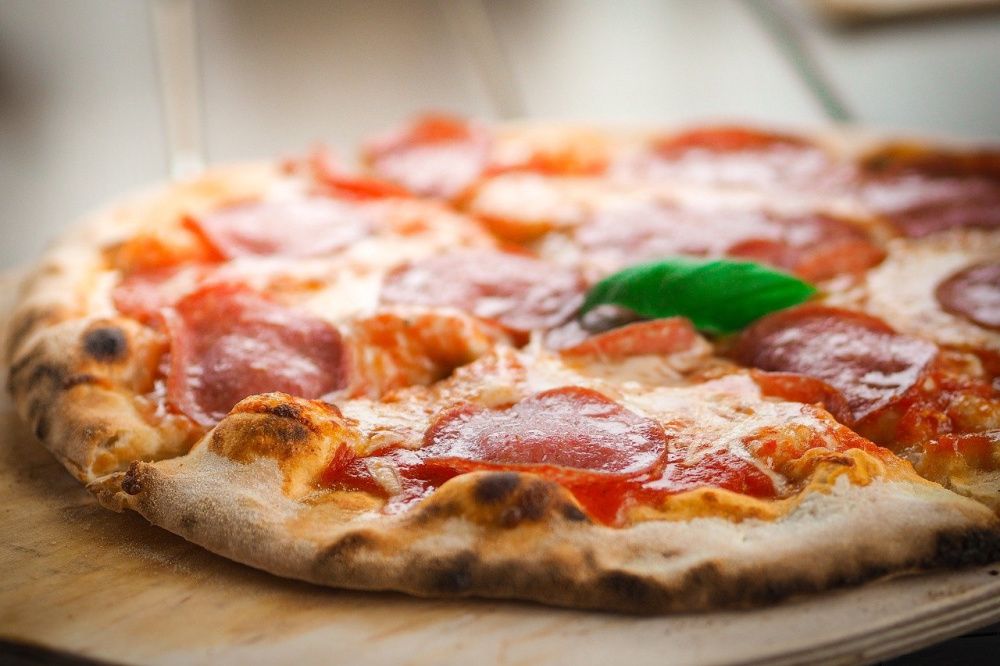Middleby Corporation, one of the largest manufacturers of machines for pizza and, more generally, multiple lines of commercial kitchen, food processing and residential kitchen equipment in the United States and around the world, ranked some of its competitors.
Among the company’s top competitors for the Commercial Food Service Equipment Group are Ali Group; Duke Manufacturing; Electrolux; Groen, a subsidiary of Dover Corporation; Haier Group; Hobart Corporation and Vulcan-Hart, subsidiaries of Illinois Tool Works; Midea Group; Panasonic Corporation; Rational AG; SMEG; and Welbilt.
On the other hand, the Food Processing Equipment Group’s biggest competitors include AMF Bakery Systems, The GEA Group, JBT Technologies, Marel and Provisur.
The residential kitchen appliance industry is highly competitive and includes a number of large global competitors, including Electrolux, GE Appliances, LG Corporation, Panasonic Corporation, Samsung Group, and Whirlpool Corporation.
However, within the Premium segment of this kitchen equipment market, there are fewer full-line competitors and the company’s competition includes Bertazzoni; Bosch, Gaggenau and Thermador, subsidiaries of Bosch Siemens; Dacor, a subsidiary of Samsung Electronics America; Haier Group; Midea Group; Miele; SMEG; and Sub-Zero and Wolf, subsidiaries of the Sub-Zero Group.
Machines for pizza
Middleby’s end customers include:
- Fast food restaurants, fast casual and quick service restaurants, including ghost kitchens.
- Full-service restaurants, including casual themed restaurants.
- Retail outlets, such as convenience stores, supermarkets, and department stores.
- Public and private institutions, such as hotels, resorts, schools, hospitals, long-term care facilities, correctional facilities, stadiums, airports, corporate cafeterias, colleges and universities, military installations, and government agencies.
For example, regarding pizza machines (pizza oven), Middleby reports that pizzerias represent almost 20% of all restaurants in the United States.
One reason is that successful pizzerias can offer both quantity and quality with the right ingredients, the right processes, and the right ovens and equipment. In fact, it has never been easier.
While it may seem simple to start turning pizza into profit, it’s actually a bit more complicated. There are many considerations, from the style of pizza to the style of service. Some of these options are dictated by pizza shop owners and operators, while others are more situational, such as kitchen size, HVAC (heating, ventilation, and air conditioning) accessibility, and even location.
Market
First of all, over the past few decades, the commercial foodservice equipment industry has enjoyed steady growth in the United States due to the development of new concepts of casual themed and quick-service restaurant chains, expansion of foodservice to non-traditional locations such as convenience stores and retail outlets, as well as store equipment modernization driven by efforts to improve efficiencies within foodservice operations.
In international markets, foodservice equipment manufacturers have seen growth due to expanding international economies and increasing opportunities for US chains to expand in developing regions.
Middleby believes that the global market for commercial foodservice equipment has sales in excess of $ 35 billion.
Likewise, the company believes that the continued growth in demand for food service equipment will be the result of the development of new restaurant concepts in the United States and the expansion of US and foreign chains into international markets, replacement and upgrade. of existing equipment and new equipment requirements resulting from menu changes, menu diversity, and consumer food trends.
![]()

